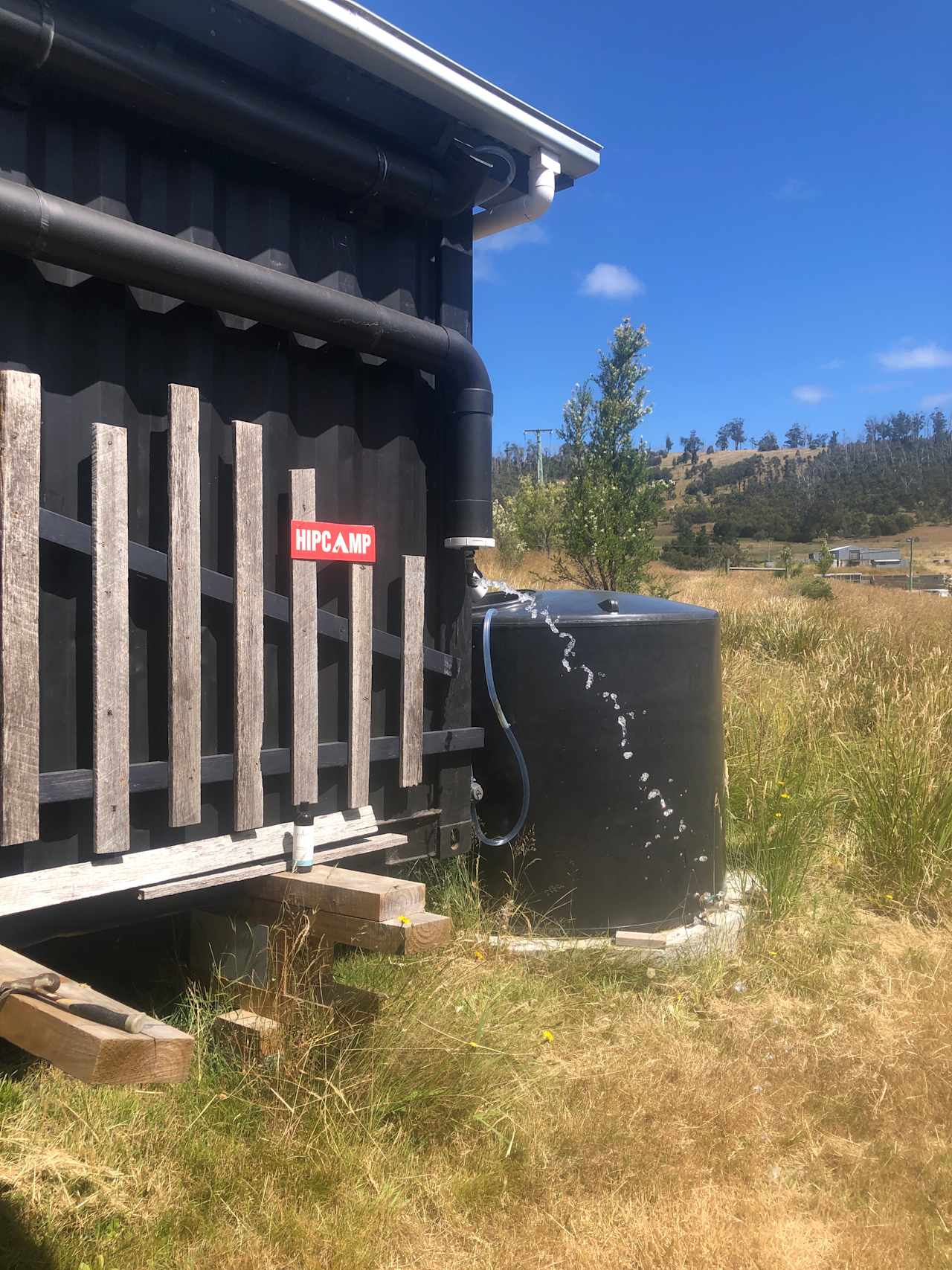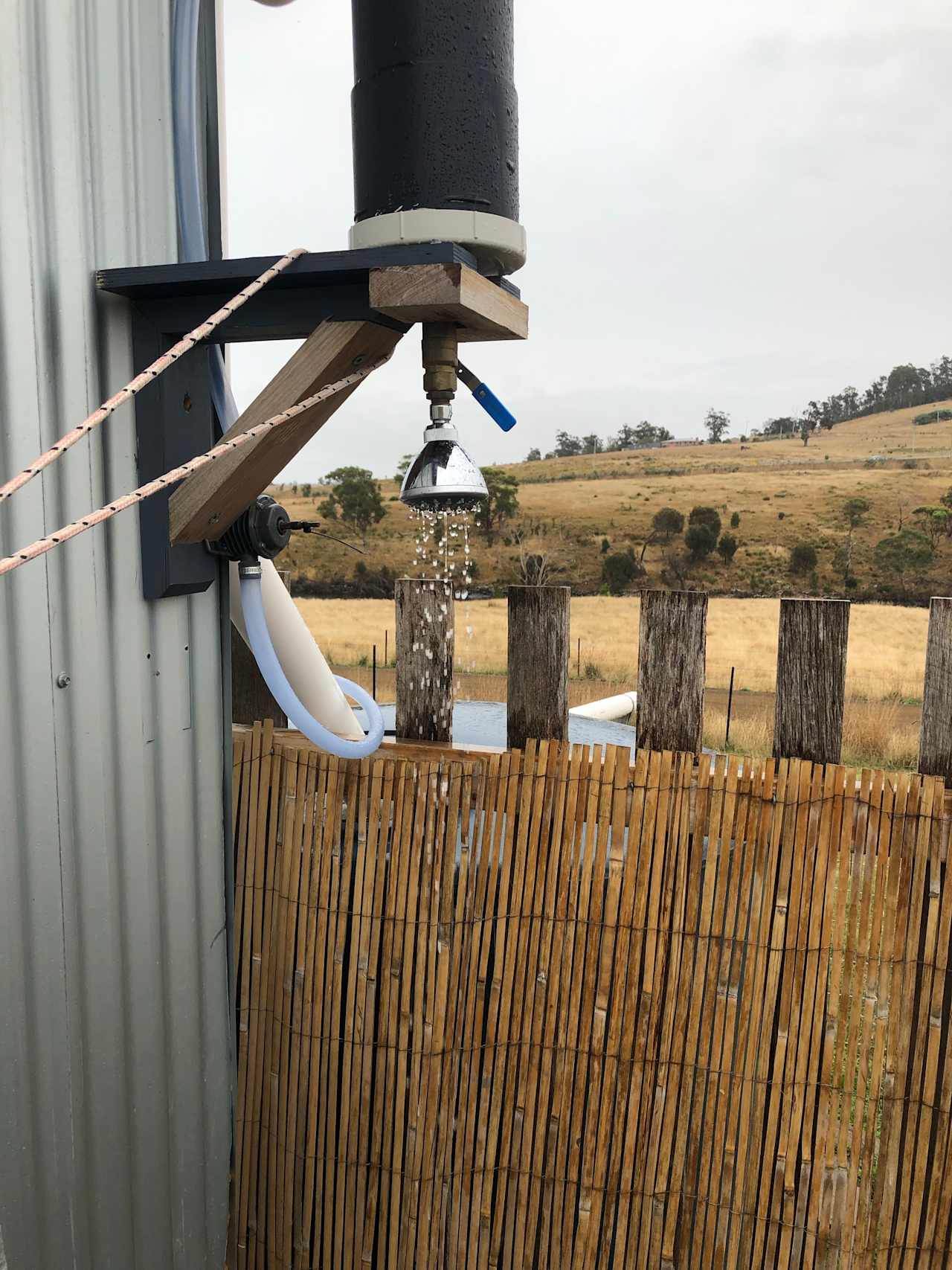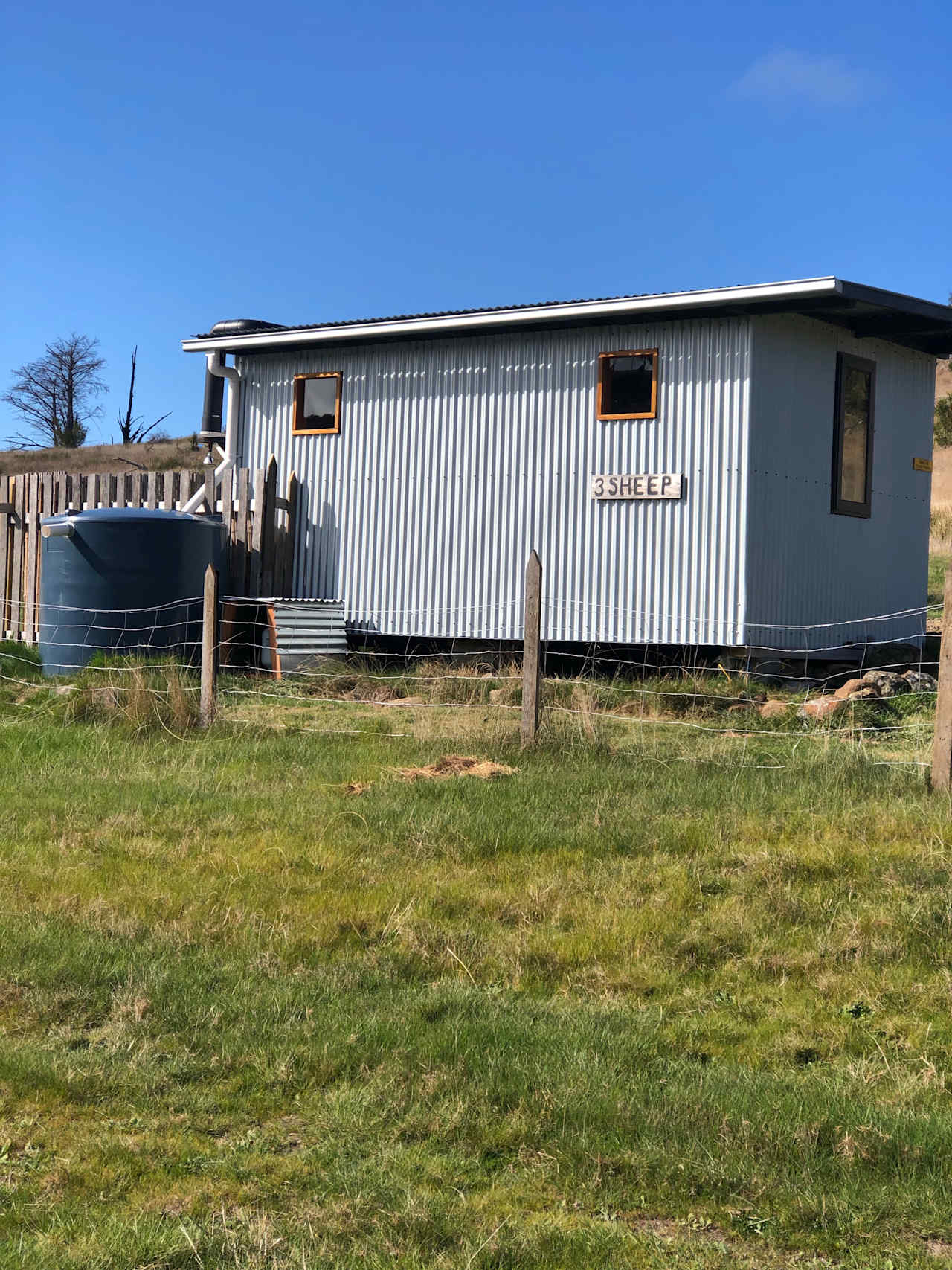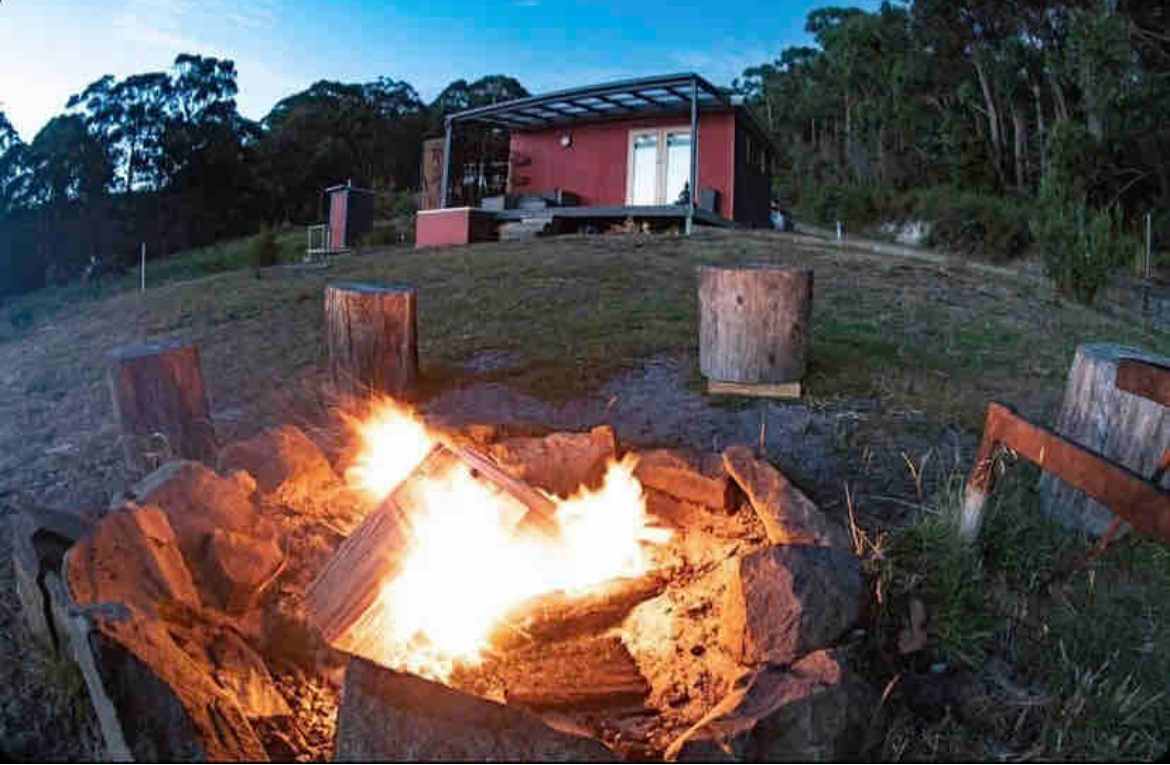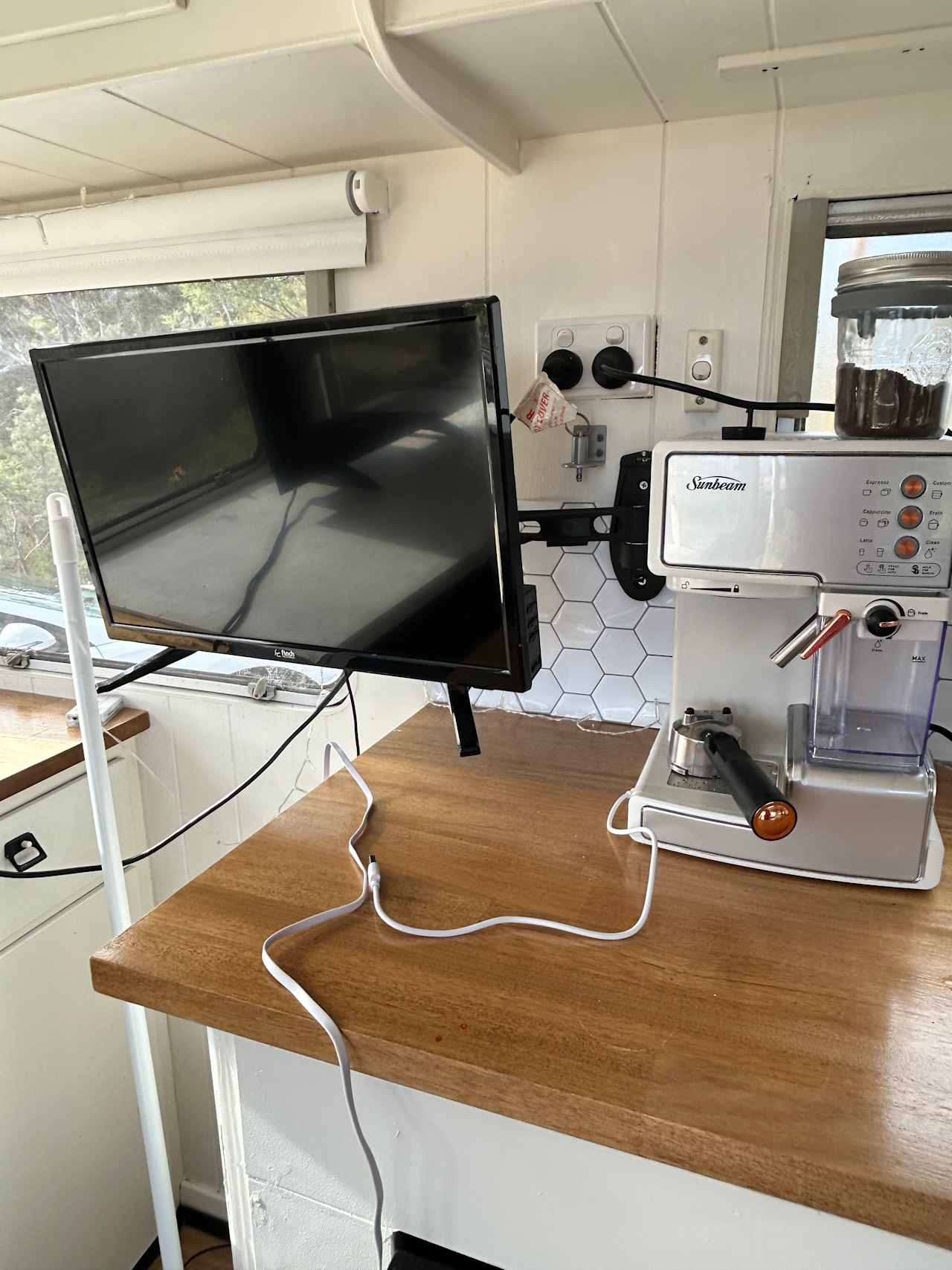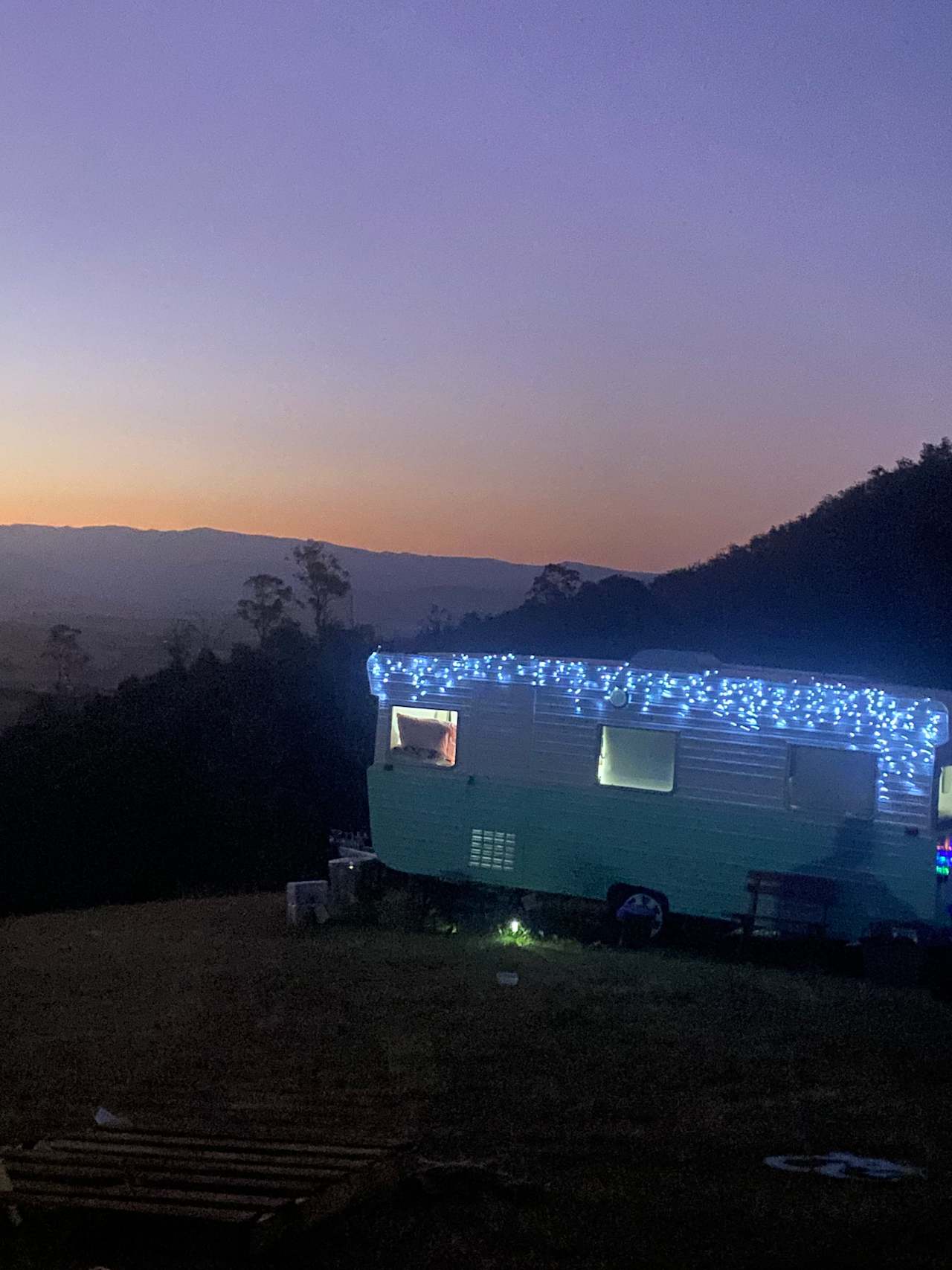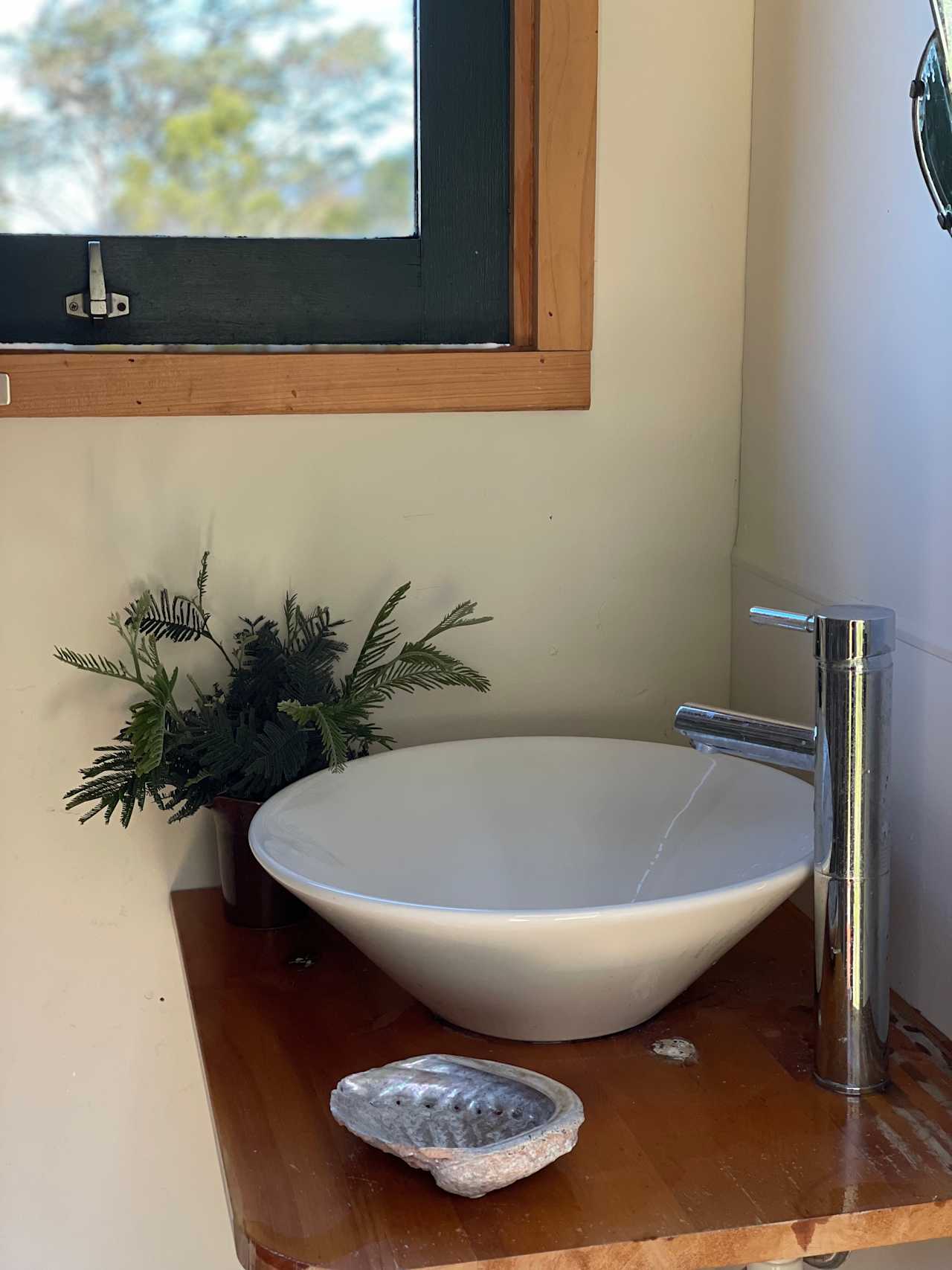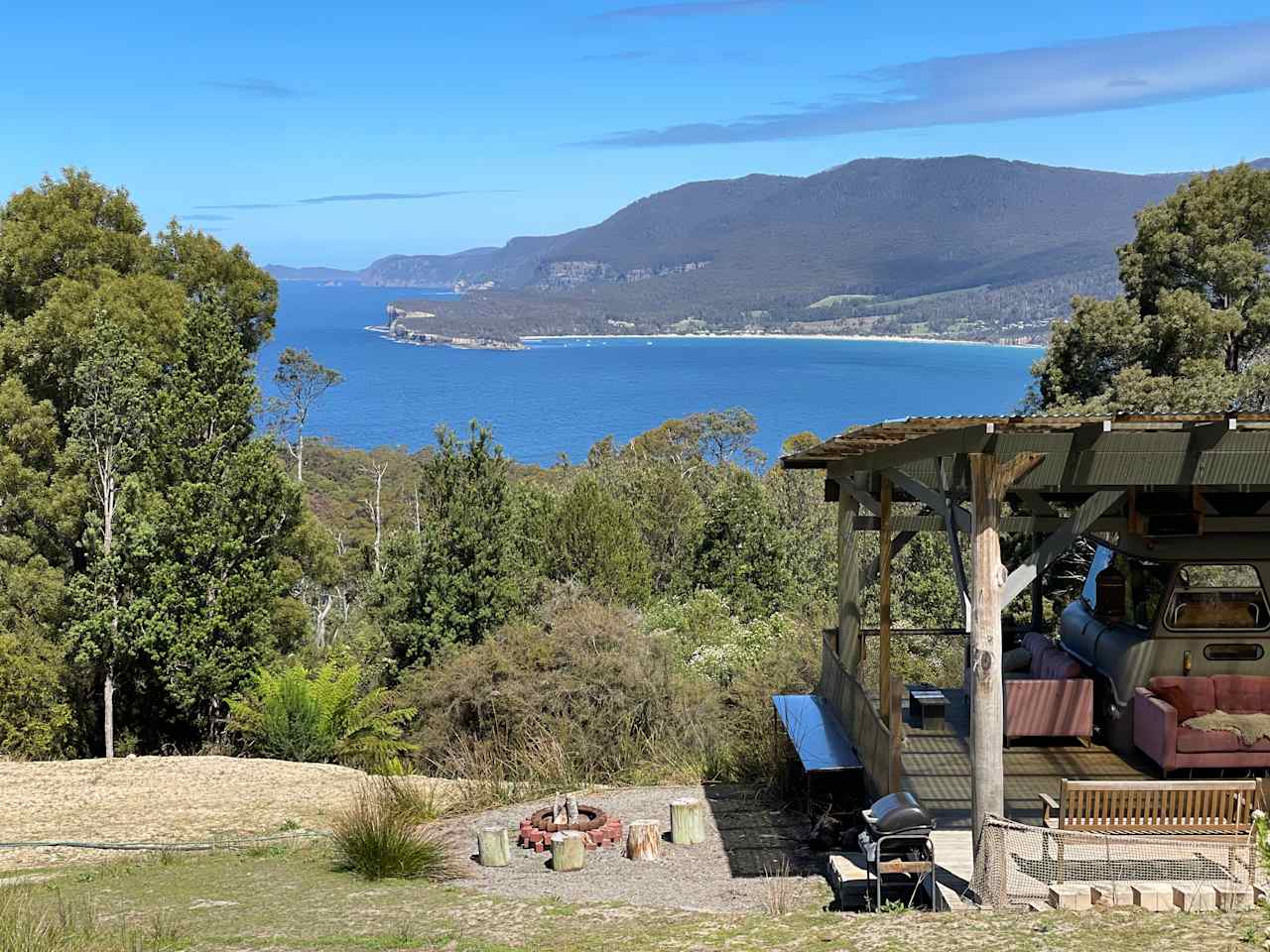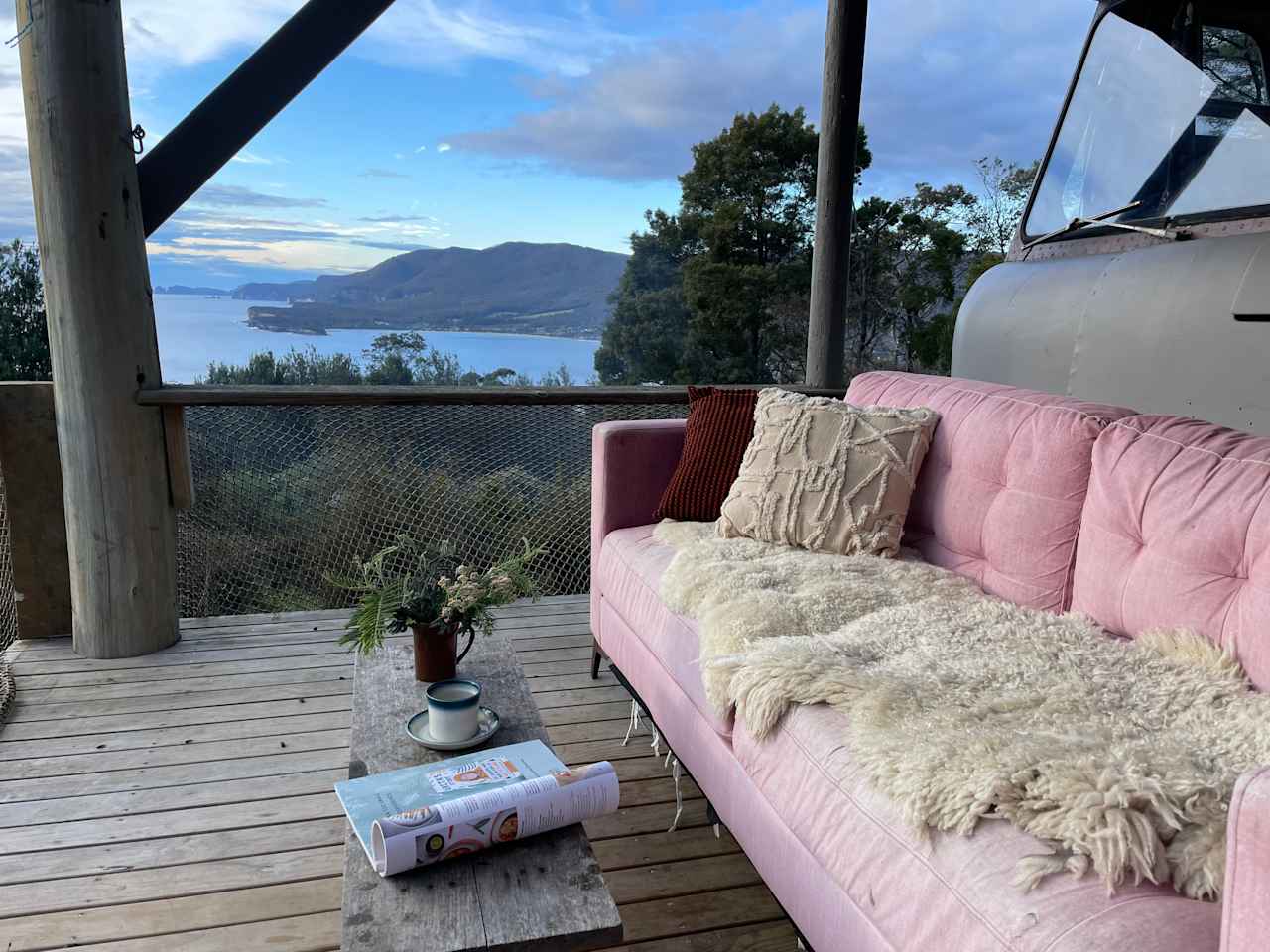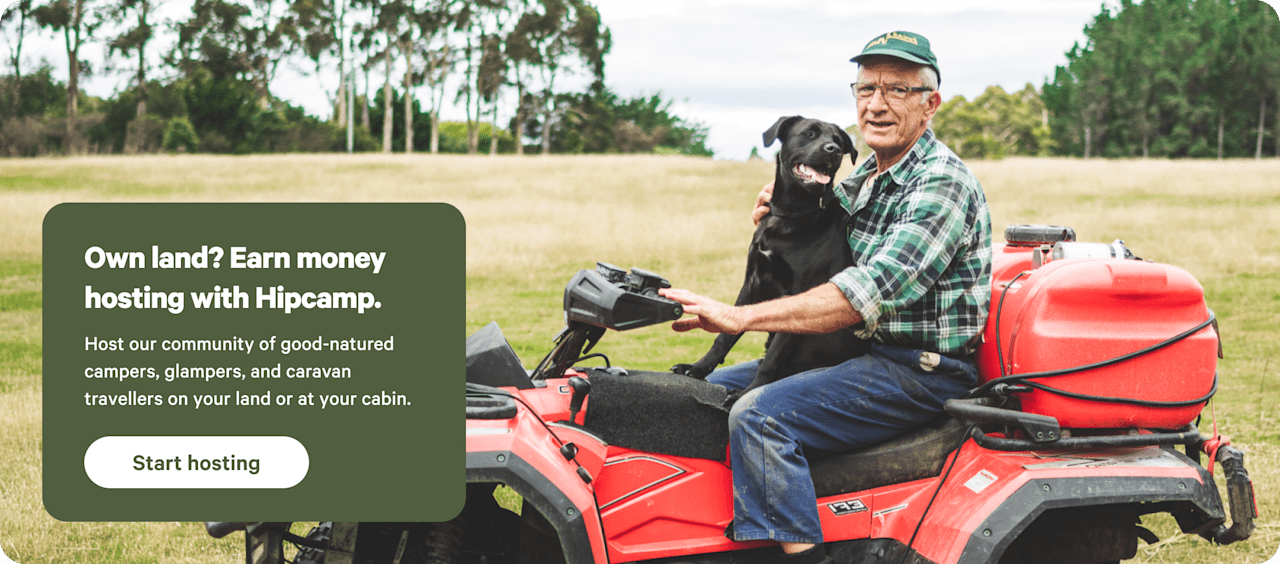Glamping near Hobart with hot tubs
Camp by beaches, mountain trails, or vineyards close to the Tasman capital.
Popular camping styles for Hobart
4 top glamping sites near Hobart with hot tubs
Dog-friendly getaways
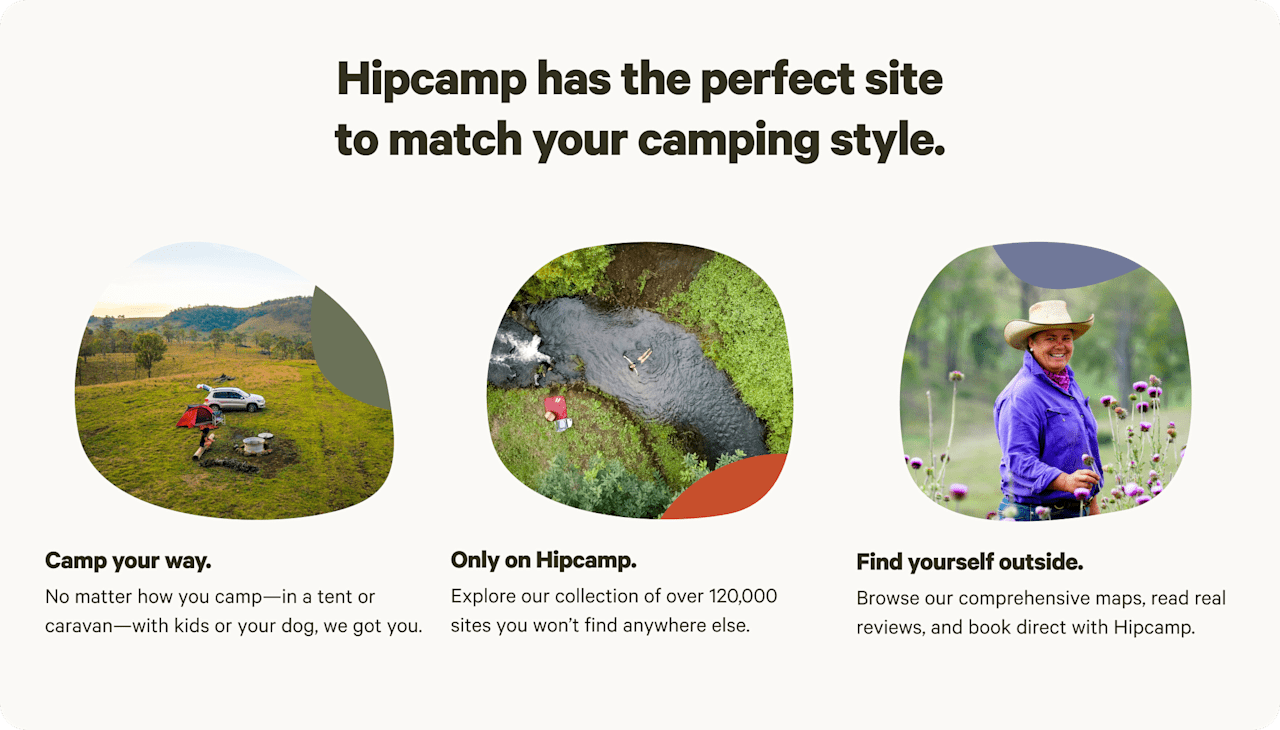

Glamping near Hobart with hot tubs guide
Overview
Hobart serves up a varied slice of urban and rural delights, with easy access to Tasmania’s south coast. In the city, markets and museums provide a culture fix, while outdoor adventurers can hike up to Mount Wellington, hit the beach, or go mountain biking and kayaking along the Tasman Peninsula. Campers have ample options in the area, from glamping in a deluxe tipi or relaxing in your motorhome at a caravan park to pitching a tent at a rustic bush camping ground. With mountains, beaches, and bushlands all under two hours from the city, you can select your backdrop of choice.
Where to go
Tasman Peninsula
Cliffs, beaches, and sandy bays carve out the Tasman Peninsula landscape, just an hour’s drive southeast of Hobart. This is the place to escape city life—simple unpowered sites let you get even closer to bushwalking trails and remote beaches, and it’s even possible to camp right by the Port Arthur Historic Site, one of Tasmania’s top spots.
Wellington to Mount Field National Park
Looming on the horizon to the west, the mist-capped peak of Mount Wellington stands watch over Hobart and provides terrain for hikers, mountain bikers, and campers, just minutes from the CBD. A further 2-hour drive brings you to the mountains and waterfalls of Mount Field National Park, where riverfront camping areas offer access to hiking trails and fishing spots, and self-sufficient campers can escape to secluded bush campsites.
South Coast and Bruny Island
Coastal walks wind around the waterfront south of Hobart, where road-trippers can stop off at seafront towns such as Dover and Southport. Ferries to Bruny Island leave from Kettering, where you can spot seabirds as you cruise the coast, tuck into fresh-from-the-ocean oysters, and pitch a tent by remote beaches and bushlands.
When to go
The most popular time for camping and outdoor activities around Hobart is summer (December through February), when camping grounds book up quickly. Spring and autumn are also ideal for camping—head to the national parks around Hobart to hike against a backdrop of spring wildflowers or witness the ‘Turning of the Fagus’ (Tasmania’s fall foliage). Touring by caravan or campervan is preferable in winter (June through August), when rainy days and chilly nights are common.
Know before you go
- Tassie weather is notoriously changeable, so pack for all anything, even in summer.
- A National Parks pass is required to visit, hike, or camp within Tasmania’s national parks.
- Fire bans are common in Tasmania during summer and dry periods, so be sure to check local recommendations before lighting your campfire.
- Possums and Tasmanian devils are common around Hobart—always secure your food and anything else that might attract wildlife.
- Having your own car is a big plus around Hobart, as public transport is limited to the national parks and beaches.
